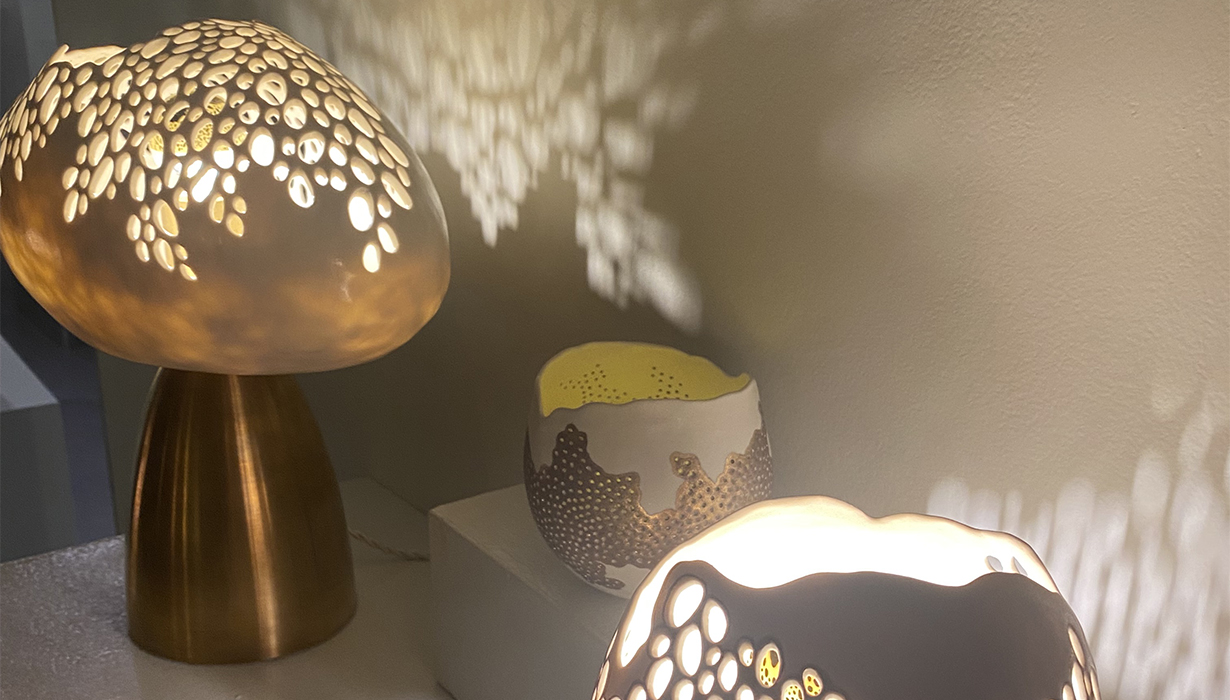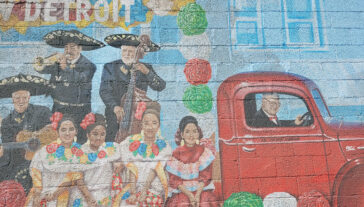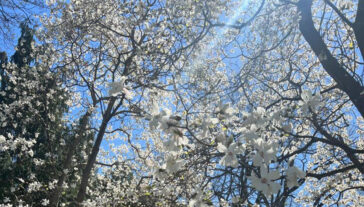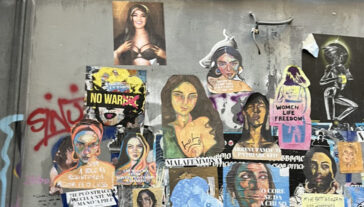Kate Tremel Invites Us to Breathe

Kate Tremel, lecturer at the U-M Stamps School of Art & Design, opened her new exhibition Breathe last week at the Residential College gallery in East Quad (701 E University Ave). I had the delight of visiting the exhibit, led by my RC prof as she invited me and my peers to be present in the space and consider Tremel’s work.
As I entered the gallery, a sense of calm immediately washed over me. Illuminated by soft glowing lights, the small gallery was dotted with clay vessels of varying size and form. What they all held in common was a soft, curved structure pitted by countless holes again varying in shape and placement. Soft lights were placed inside the vessels, spilling out from these cavities to cast playful spots of light around the room. Leaning closer to examine one vessel, I was surprised to be greeted by my own face staring back: Tremel had placed small mirrors inside each piece. What began as reflection on the pieces for many in the room soon turned inward. We began calling into question the interaction of the exhibit with the viewers, rather than thinking of the exhibit as something outside of ourselves. In this I think Kate Tremel has done something truly magnificent, recalling the idea that art is the point where creator and viewer interact.
Cleverly, Breathe commands those who enter to step back and into themselves, encouraging a moment of serenity amidst students’ busy lives. The title hints at the intention of the forms themselves, which seemed to mimic the act of breathing. The vessels are fragile yet substantial, collapsing inwards in places much like a contracting lung. Whilst in some vessels light bulbs were placed to allow light to spill out in striations scattering across the walls, others contained the light and allowed only a soft glow to bleed through the surface. One classmate ingeniously commented that this interplay between the lights and the sculptures seemed to mimic the airflow of an inhale and exhale. The varying holes on the surface of the sculpture appeared organic and cellular, and many commented on the overall egg-like quality of the vessels, some comparing them to dinosaur eggs or wombs. Indeed, it appeared as if some creature had broken through the tops of the vessels, seeking to explore.
Although a modest gallery, the RC provided a perfect space for Tremel’s work, creating an intimate and surreal exhibit. Walking into the gallery was akin to stepping into another dimension. I left with a newfound appreciation for the intersection of space, art and audience, and the impact that these can have when woven together skilfully. I have since visited quite a few times, and the exhibit for me has become a place of quiet contemplation and respite from the chaos of student life. Although I could sing praises over this exhibit for pages, I’ll leave it here and end by encouraging all who can to check out Breathe while it’s still up at the RC.
More from UMMA


